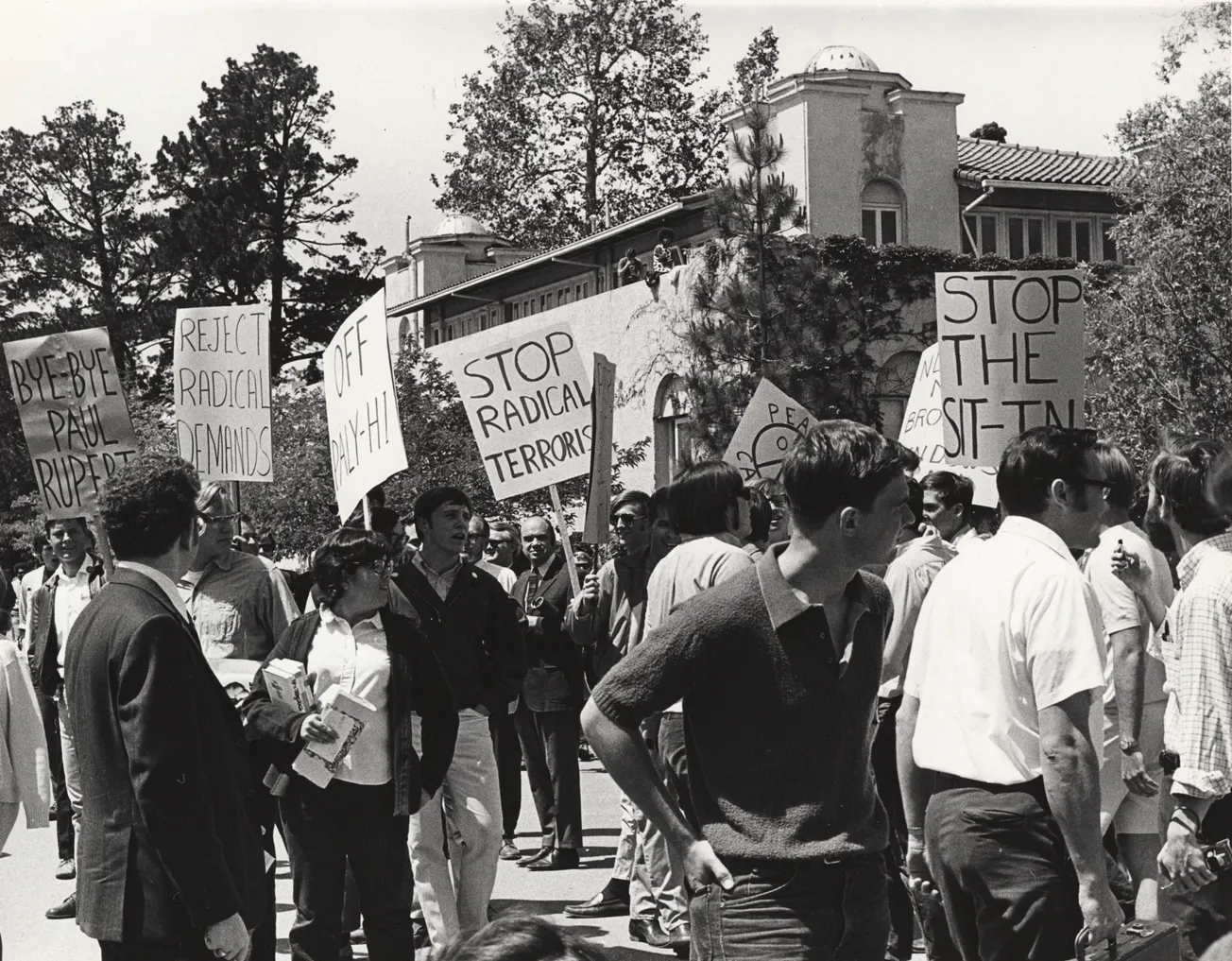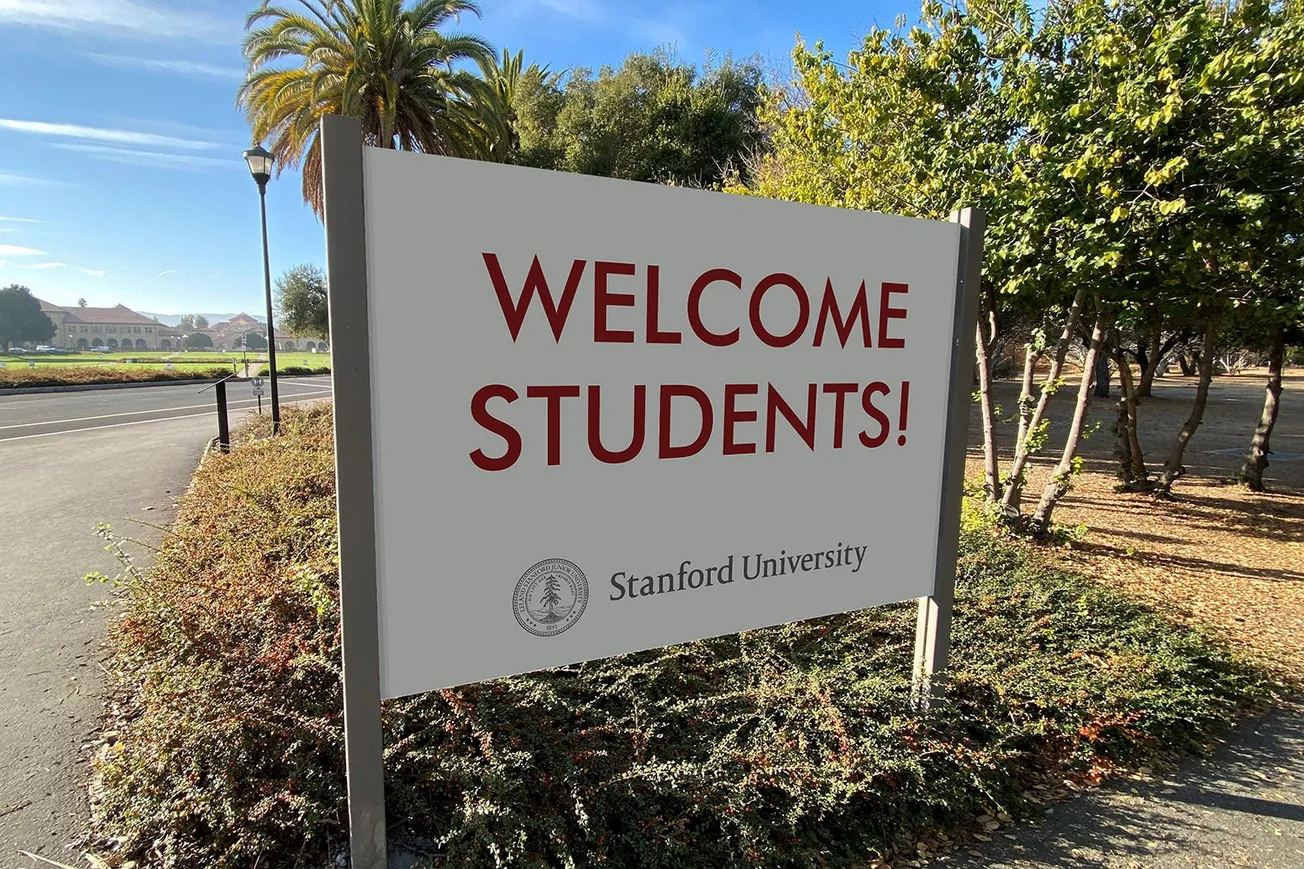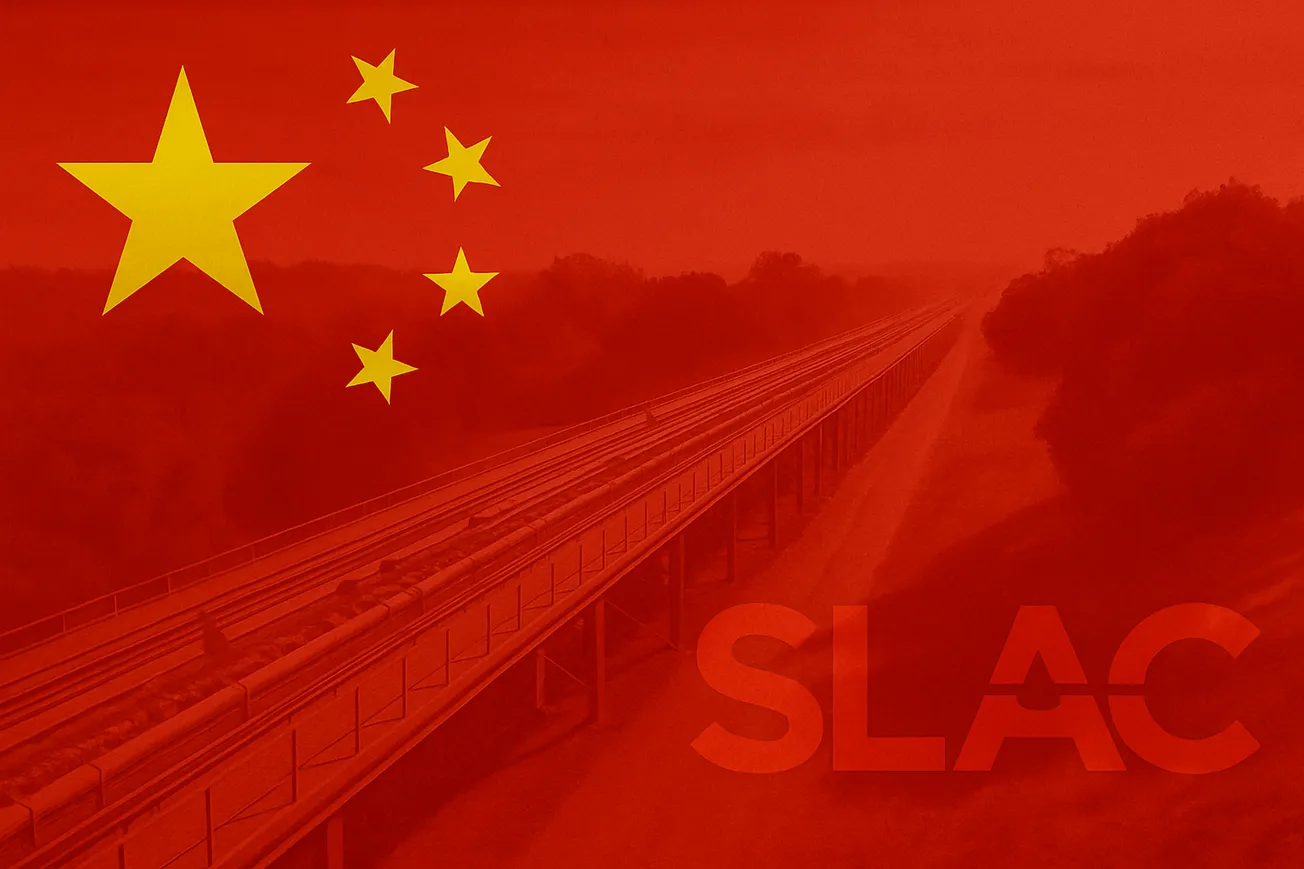Table of Contents
After this fall’s historic red wave, I expected to see a reaction similar to the 2016 presidential election. I was expecting mass protests, mass absentia from classes, sit-ins, and lively political debate on campus.
That did not happen.
What followed seemed to me to be utter resignation and capitulation. Though my 10:30am class on Wednesday, November 6 counted more than a few absences, the political mood on campus was, and continues to be, defeat, not aggravation.
But, as Stanford has quieted down, the Review has made sure that debate still has a place on campus. Nowhere is this more apparent than in our weekly hour-long meetings. Unlike other publications which meet to discuss print schedules, the Review meets to debate. Topics include tariffs, AI policy, Trump’s presidency, and the value of a Stanford education, to name a few.
In Old Union 215, there’s more disagreement than one could ever expect on The Farm. Countless freshman and upperclassmen alike have remarked to me that the Review is the only place on campus where debate is tolerated—and celebrated. These debates are not purely intellectual but rooted in firmly held beliefs and convictions. No two Review staffers agree on everything.
The Review was founded during the Reagan presidency and has covered six presidents and many more "vibe shifts." The constant is the mission, the desire for debate, which is equally true now as in 2021, when I first came to Stanford.
This debate has appeared in print, too. I am proud that this volume we published dueling op-eds on legacy admissions, different opinions on the purpose of a college education, and a critical book review of Stanford GSE Professor Jo Boaler’s book, Math-Ish.
Beyond debate, the Review has investigated leftist bias in mandatory classes, antisemitism in co-op housing, federal funding at Stanford, an Orwellian ‘Democracy Day,’ and an odd new exception to Stanford’s free speech policy. As Silicon Valley’s influence on national politics has expanded, the Review has covered cryptocurrency and debanking, start-up culture and Stanford dropouts, DOGE and a much-needed DOSE (Department of Stanford Efficiency). Following a year when news on college campuses has reverberated around the country, we have defended Dr. Scott Atlas from his arcane censure and endorsed Review alum Professor Jay Bhattacharya to lead the NIH.
This October, the Review won the Intercollegiate Studies Institute’s Publication of the Year for the second year in a row. In other words, the Review is a shining example of what an independent college paper should be.
None of this would be possible without our readers. Our supporters empower the Review to operate as a haven of open discourse in a university that punishes it. If you enjoy reading the Review and want to support our efforts to provide a haven for open discourse in a university that punishes it, consider making a donation through PayPal at the link below. If you prefer to donate another way (or just want to shoot me a note), please email eic@stanfordreview.org for more information.

Yours,
Julia Steinberg
Volume LXIX Editor-in-Chief






